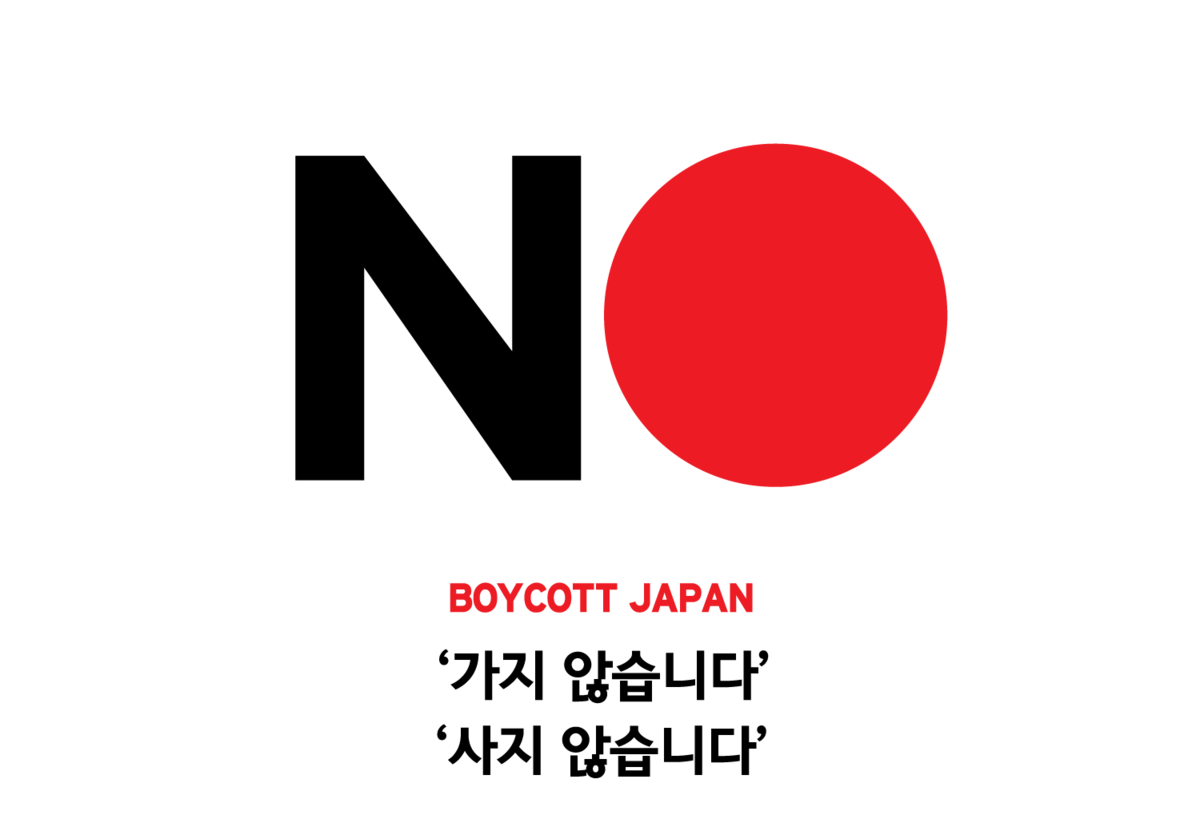
What to Buy and What Not to Buy for the Nation 1)
The wave of boycotts by South Koreans of Japanese products has steadily increased since July of this year. However, the reason for the boycotts dates back to 1997 when 2 Korean victims of involuntary compulsion in Japan initiated a lawsuit asking for damages to compensate for their injuries. They lost the case in the local court in Japan in 2003, which led to Yeo Untaek and 3 other victims filing another lawsuit asking for compensation in the Supreme Court of Korea towards Nippon Steel. The court gave its verdict on October 2018. The plaintiffs were victorious. Japan and its government were upset at the ruling. In July 2019, Japan strengthened its trade regulations towards Korea. Many Koreans considered the tightened regulations as a retaliation for the Supreme Court’s decision. Claiming injustice, many citizens voluntarily joined boycotts of Japanese products to their anger towards the unfair regulations by Japan. Park Soyeon, a resident of Seoul, said: “I used to buy Japanese products, but I am not anymore after learning about the boycott.”2) Each citizen is joining the movement differently and uniquely. One person recently created a logo symbolizing the boycott. Another person created the website ‘Nono Japan,’ which provides not only a list of Japanese corporations and their products but also a list of alternate products. These efforts have united citizens and stirred more to participate in the boycott movement.
With the boycott in Korea growing, its influence is gaining strength. For example, tourists going to Japan have conspicuously diminished, and four branches of the Japanese franchise Uniqlo have announced on September 2nd that they will close before October. The boycott has been influenced by patriotic marketing, which means marketing that capitalizes on citizens’ patriotism. For instance, the fashion brand Lakai Korea released an advert that had contained a picture of the Korean Flag Taegeukgi. Patriotic marketing also involves music. The song “Republic of Korea, Hooray” by the group Mont expresses patriotism through its music video and lyrics. Monami, a domestic corporation that sells school supplies, launched a stationery collection that featured the rose of Sharon, the national flower of Korea. Other companies have used this marketing strategy by providing free haircuts to anyone willing to give up their travel plans to Japan. Patriotic marketing is done globally and through various methods that spark pride in citizens. The patriotic marketing strategy by Korea has distinguished its positive results conspicuously under the boycott of Japan. They have brought about unity among Koreans and present Koreans’ firm will to the world. To maintain these changes as helpful and beneficial national action, some effort by Korean citizens is needed. That is to say, the boycott is a mature and positive movement by Koreans when individuals are willingly participating, not being forced by others.
1) Kim Kyungeun, “Throw Away, Then We’ll Give”, MoneyS, August 7, 2019
2) Park Huijae, ““Understanding the Boycott Through the Number…”Till the End”, YTN News, August 18, 2019


